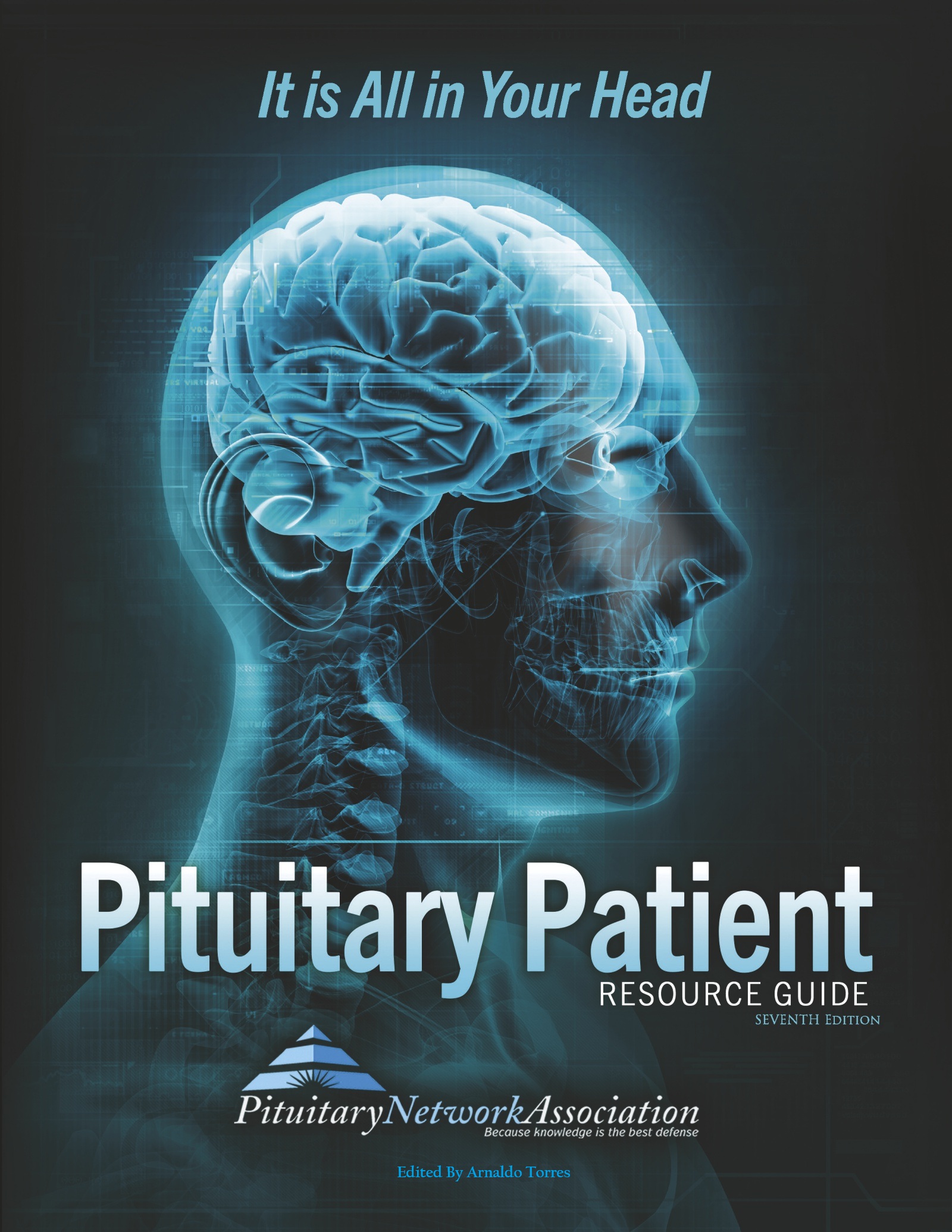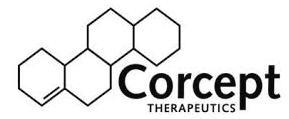Pituitary Glossary starting with H
HCG
Human Chorionic Gonadotrophin; a hormone which behaves like LH; made by the placenta, hCG may be extracted and used together with hMG to treat hypogonadism.
This is what is measured in a pregnancy test.
HCG/HMG Therapy
Human Chorionic Gonadotropin / Human Menopausal Gonadotropin therapy.
A type of treatment on offer to hypogonadal patients who wish to become fertile.
HDL
High-density lipoproteins.
High density lipoproteins (HDL): the “good” cholesterol. HDL carry cholesterol in the blood from other parts of the body back to the liver, which leads to its removal from the body. So HDL help keep cholesterol from building up in the walls of the arteries.
For adults, the HDL-Cholesterol Levels are measured to determine possible health risks. Less than 40 mg/dL indicates a major risk factor for heart disease; where an HDL of 60 mg/dL and above is considered protective against heart disease.
Hemianopsia
Loss of one half of the field of vision (the area that can be seen by each eye when staring straight ahead).
Can occur in isolation or affecting both eyes. The most common form of vision loss due to pituitary tumors is loss of the outer half of vision in both eyes.
Hereditary
Transferred via genes from parent to child. Also called genetic.
Transmitted from parent to child by information contained in the genes.
Herniation
Bulging of tissue through an opening in a membrane, muscle or bone.
A protrusion of an organ or part through connective tissue or through a wall of the cavity in which it is normally enclosed — called also rupture.
A brain herniation is the displacement of brain tissue, cerebrospinal fluid, and blood vessels outside their normal structures in the head. A brain herniation can occur through a natural opening at the base of the skull (known as the foramen occipitalis) or through surgical openings. Herniation can occur between compartments inside the skull, such as those separated by a rigid membrane called the “tentorium”. A brain herniation occurs when pressure inside the skull (intracranial pressure) increases and displaces brain tissues. This is commonly the result of brain swelling from a head injury, or space-occupying lesions such as primary brain tumor, metastatic brain tumor, and hemorrhages or strokes that produce swelling within the brain. Hydrocephalus (accumulation of fluid in the brain) can also lead to brain herniation. A brain herniation often causes a massive stroke. This results from poor blood supply to some areas of the brain and compression of vital structures that regulate your breathing and circulation. This can rapidly lead to death or brain death.
Heterogeneous
Composed of varied cell types.
Made up of elements or ingredients that are not alike.
HMG
The Human Menopausal Gonadotropin
Human Menopausal Gonadotropin; derived from the urine of post-menopausal women, hMG not only contains LH but also FSH.
Homogeneous
Composed of identical cell types.
Of uniform composition or structure.
Hormone (Adj. Hormonal)
A chemical “messenger” which is made and secreted by an endocrine gland and which targets one or more parts of the body, modifying its structure or changing the way it works.
Hormones are chemical substances having a specific regulatory effect on the activity of a certain organ or organs, especially substances secreted by various endocrine glands and transported in the bloodstream to the target organs. Hormones are your body’s chemical messengers that travel in your bloodstream to tissues or organs. They affect the body’s processes such as growth and development, metabolism, sexual function, reproduction, and mood. Hormones are produced by endocrine glands. The major endocrine glands are the pituitary, pineal, thymus, thyroid, adrenal glands and pancreas. Men will produce also hormones within the testes and women produce hormones in the ovaries. Hormone balance is regulated by the pituitary. Tiny shifts cause large changes to cells or throughout the entire body. Hormone levels are measured in your blood, urine or saliva.
Hormone Replacement Therapy
The name given to a form of treatment in which missing or deficient hormones can be replaced, the body being encouraged to behave normally as if it were making the hormones naturally.
Doses are designed to mimic normal blood levels and vary depending on the patient.
Hydrocephalus
A condition marked by an excessive accumulation of fluid resulting in enlarging of the brain cavities and raised pressure within the skull; may also result in enlargement of the skull and wasting of the brain.
The abnormal buildup of cerebrospinal fluid in the ventricles of the brain. Also called: Water on the brain.
Excessive accumulation of cerebrospinal fluid within the cranium which may be a congenital or acquired disorder; hydrocephalus ex-vacuo refers to ventricular dilation that occurs as a result of brain substance loss from cerebral infarction and other conditions. There are two types of hydrocephalus. Congenital hydrocephalus (present at birth), and acquired hydrocephalus (occuring at any age). Causes of congenital hydrocephalus include genetic problems and problems in fetus development. An unusually large head is the main sign of congenital hydrocephalus. Causes of acquired hydrocephalus can include head injuries, strokes, infections, tumors and bleeding in the brain. Symptoms range from headache, vomiting, nausea, blurred vision, balance impairment, bladder control problems as well as confusion and memory impairment. Hydrocephalus can cause permanent brain damage, resulting in problems with physical and mental development; if left untreated, it is usually fatal. With treatment, normalcy can be achieved with few limitations. Surgical treatment usually involves inserting a shunt. Medication and rehabilitation therapy can also help.
Hyperfractionation
An increased number of smaller dosage treatments of radiation therapy.
Radiation therapy that gives smaller doses (fractions) of radiation more often than standard radiation therapy so that the full treatment course can be given with fewer side effects. In hyperfractionation, individual doses are given more often than the standard dose of once a day. Also called hyperfractionated radiation therapy and superfractionated radiation therapy.
Hypogonadism (Adj. Hypogonadal)
The inability of the gonads to function normally.
Can be due to pituitary dysfunction or else dysfunction of the glands (ovaries and testicles).






